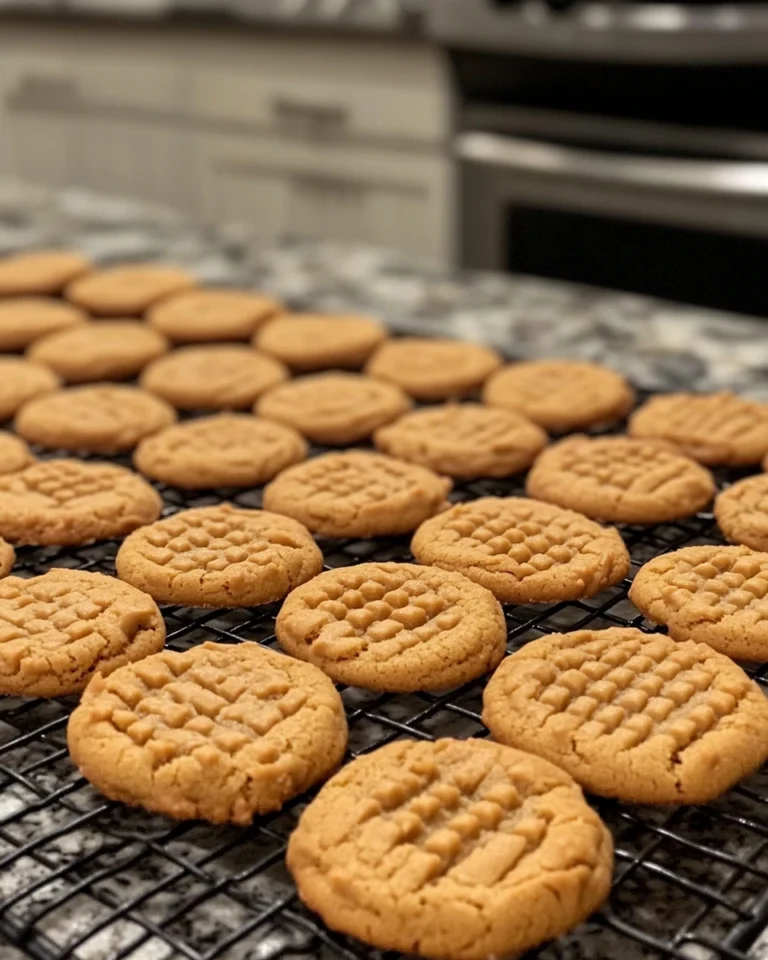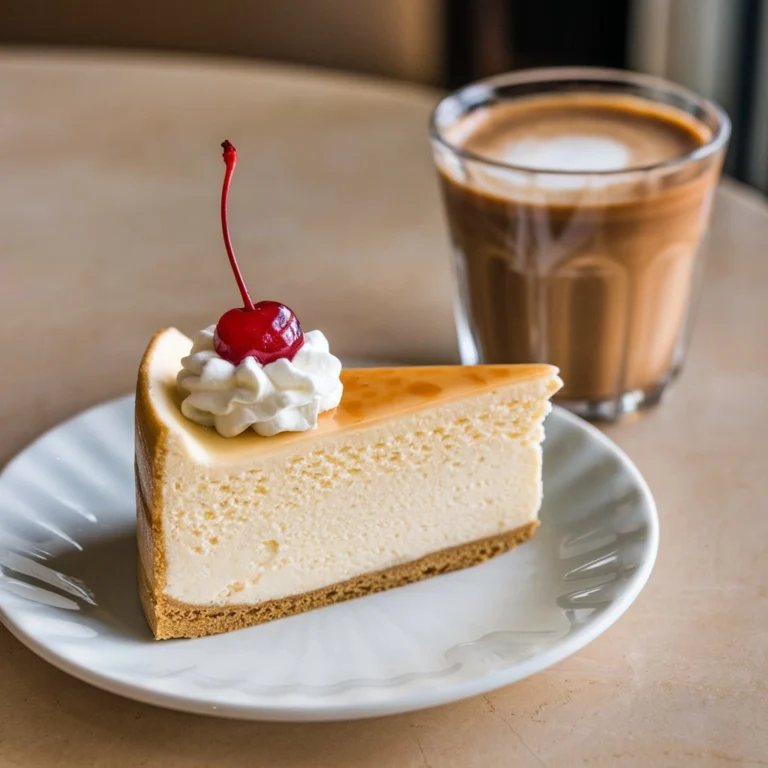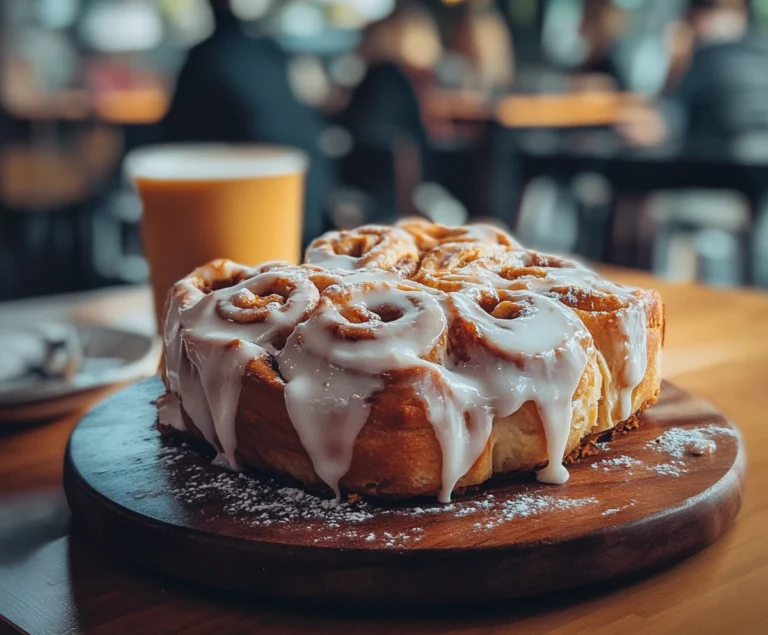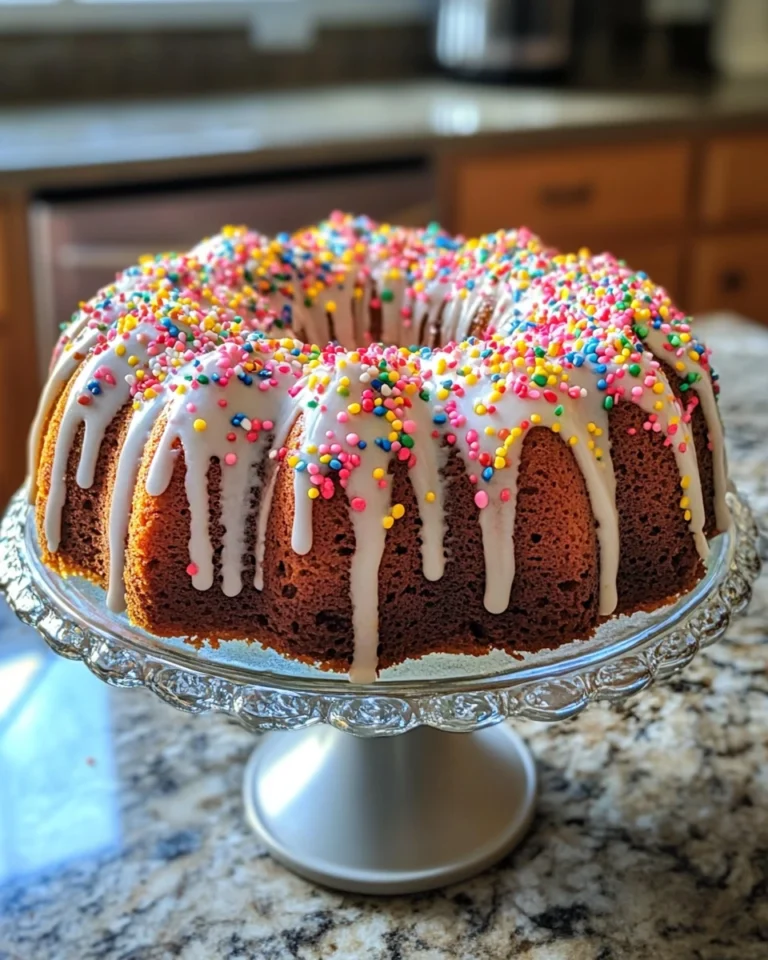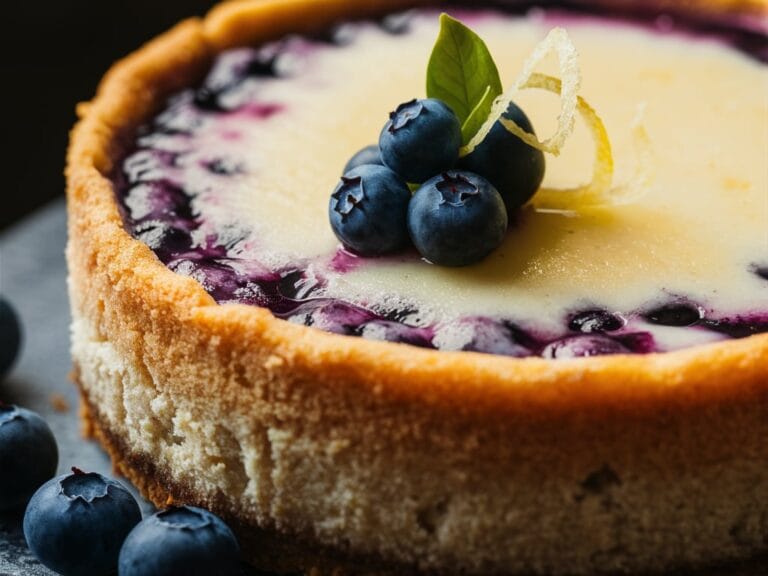Who Makes Japanese Cheesecake? A Comprehensive Exploration
Japanese cheesecake, also known as soufflé cheesecake, is a delightful, jiggly, and airy dessert that has gained worldwide recognition. Its unique texture, lighter than its Western counterparts, makes it an irresistible choice for those seeking a fluffy alternative to traditional dense cheesecakes. In this comprehensive article, we’ll explore the origins, top brands, techniques, variations, and much more about who makes Japanese cheesecake. We’ll dive deep into the history, the science behind its famous texture, and even how you can make one yourself at home.
Table of Contents
- Introduction to Japanese Cheesecake
- The History of Japanese Cheesecake
- What Makes Japanese Cheesecake Unique?
- The Science Behind the Soufflé Texture
- Famous Japanese Cheesecake Makers
- The Ingredients in Japanese Cheesecake
- Baking Techniques for Achieving Fluffy Cheesecake
- Where to Buy Japanese Cheesecake
- International Expansion of Japanese Cheesecake Brands
- Variations of Japanese Cheesecake
- How to Make Japanese Cheesecake at Home
- Frequently Asked Questions (FAQs)
1. Introduction to Japanese Cheesecake
Japanese cheesecake, which originated in Japan, is known for its soft, airy texture, quite different from the dense, rich cheesecakes popular in Western cultures. While traditional cheesecakes can be heavy and rich due to large quantities of cream cheese, Japanese cheesecake strikes a balance between lightness and flavor, making it the perfect dessert for people who want a fluffy yet flavorful experience.
Unlike the traditional baked cheesecake, Japanese cheesecake is more of a sponge-cake hybrid, with a whipped egg white base that gives it the soufflé consistency it’s famous for. But what truly sets this cake apart is its ability to jiggle, a characteristic that has captured the hearts of millions.
2. The History of Japanese Cheesecake
The journey of Japanese cheesecake began in the post-World War II era when Western cuisine started influencing Japanese food culture. Japanese bakers began experimenting with Western-style desserts and sought to create their own variations of the classic cheesecake. The inspiration for the Japanese cheesecake we know today came from the lighter, airy cakes popular in French patisseries. By combining elements of soufflé with traditional cheesecake, Japanese bakers created a dessert that was much less dense and sweet.
The real breakthrough came when Tetsushi Mizokami, founder of Uncle Tetsu’s , perfected the recipe in 1990. His bakery became renowned for its light, bouncy cheesecakes, eventually becoming a global phenomenon. Since then, Japanese cheesecake has found a place in international dessert menus, thanks to the global expansion of popular brands like Uncle Tetsu and Rikuro Ojisan.
3. What Makes Japanese Cheesecake Unique?
What makes stand out from its Western counterparts? Here are the key elements:
- Texture: The signature texture is incredibly light and airy, almost soufflé-like. When you take a bite, it melts in your mouth, unlike the denser texture of traditional .
- Flavor: While rich and creamy, the flavor is more subtle compared to Western, with less sugar and cream cheese used, making it a dessert that doesn’t overpower your palate.
- Appearance: The famous jiggle of a well-made sets it apart visually. When freshly baked, it wiggles in a way that has made it popular on social media.
- Technique: The cooking method involves using whipped egg whites, similar to meringue, which is then gently folded into the batter. This technique gives the cake its fluffiness.
4. The Science Behind the Soufflé Texture
The light and fluffy texture comes down to the incorporation of air into the batter. The key is to carefully beat egg whites until stiff peaks form, then fold them gently into the rest of the batter. This process introduces tiny air pockets that expand during baking, giving the cake its characteristic lightness.
- Whipping Egg Whites: Whipping egg whites until they are stiff creates a foam structure. The proteins in the egg whites trap air, and when these whites are folded into the cake batter, they help the cake rise during baking.
- Water Bath: Another critical factor in achieving the soufflé texture is baking the cake in a water bath. This gentle method ensures that the cake cooks evenly and prevents cracking.
For those interested in experimenting with similar baking techniques, consider exploring other moist cakes such as this prune cupcakes recipe, which also relies on delicate moisture control for optimal texture.
5. Famous Japanese Cheesecake Makers
When it comes to who makes J, two brands are dominant in the world of this famous dessert.
Uncle Tetsu’s
Uncle Tetsu is arguably the most recognized name . Founded by Tetsushi Mizokami in Fukuoka, Japan, in 1990, Uncle Tetsu’s are now sold worldwide, with outlets in the U.S., Canada, China, Australia, and more. Known for its simple yet delicious recipe, Uncle Tetsu’s cheesecakes are characterized by their light texture and subtle sweetness.
What makes Uncle Tetsu’s cakes stand out is their handmade quality. Each cake is freshly baked in small batches, ensuring consistency and quality. These cakes are often enjoyed straight from the oven, warm and incredibly jiggly.
Rikuro Ojisan Cheesecake
Another famous name in is Rikuro Ojisan, based in Osaka, Japan. Their cheesecakes are known for being slightly richer, with the addition of raisins at the bottom of each cake. Rikuro Ojisan is a staple in Osaka, and tourists often queue for hours to get a freshly baked cake.
Both Uncle Tetsu and Rikuro Ojisan have expanded their brands internationally, making Japanese cheesecake accessible to dessert lovers worldwide.
6. The Ingredients in Japanese Cheesecake
Despite its impressive texture and flavor, Japanese cheesecake is made with just a few simple ingredients:
- Cream Cheese: The base of the cheesecake, which provides its creamy flavor.
- Eggs: Both egg yolks and egg whites are used, with the whites beaten to stiff peaks to provide the soufflé texture.
- Sugar: Used in moderation, making the cheesecake less sweet than its Western counterpart.
- Milk: Adds moisture and richness to the batter.
- Butter: Gives the cake a silky mouthfeel.
- Flour or Cornstarch: Helps stabilize the cake and provides structure.
By using high-quality ingredients and ensuring the right balance, bakers can create a cheesecake that’s flavorful but not overly rich or heavy.
For a more in-depth look into ingredient combinations that create perfect baked goods, check out this detailed guide on how ingredients affect cake recipes.
7. Baking Techniques for Achieving Fluffy Cheesecake
Achieving the perfect Japanese cheesecake requires some key techniques:
Whipping Egg Whites
The first and most crucial step is whipping egg whites into stiff peaks. This process traps air in the batter and gives the cheesecake its lightness. Make sure to use clean, dry bowls and utensils, as any oil or water can prevent the egg whites from whipping properly.
Folding the Egg Whites
Once the egg whites are whipped, they need to be folded gently into the cream cheese mixture. The goal is to incorporate the egg whites without deflating the batter, which can be tricky. Fold the whites in slowly, using a spatula, until no streaks remain.
Baking in a Water Bath
Japanese cheesecakes are baked in a water bath (or bain-marie) to ensure even cooking. The water bath prevents the cake from drying out or cracking and ensures that the texture remains moist and fluffy. To do this, place the cake pan inside a larger pan filled with hot water, then bake.
Monitoring the Baking Time
Overbaking is a common mistake that results in a dense texture. It’s important to monitor the cake closely during baking. Once it’s set but still slightly jiggly in the center, it’s ready to be taken out of the oven.
8. Where to Buy Japanese Cheesecake
While baking Japanese cheesecake at home can be rewarding, many people prefer to buy this delicate treat from a bakery. Here are some popular places to find Japanese cheesecake:
In Japan
- Uncle Tetsu: With multiple outlets across Japan, Uncle Tetsu is a must-visit for anyone traveling in the country.
- Rikuro Ojisan: Located in Osaka, Rikuro Ojisan offers a slightly richer take on Japanese cheesecake, complete with raisins at the bottom.
Internationally
- Uncle Tetsu Global Outlets: You can find Uncle Tetsu’s Cheesecake in various countries, including the U.S., Canada, Australia, and more.
- Keki Modern Cakes: Based in New York City, Keki Modern Cakes offers Japanese-inspired cheesecakes that are baked fresh every 20 minutes.
9. International Expansion of Japanese Cheesecake Brands
The international expansion brands like Uncle Tetsu and Rikuro Ojisan has made it possible for people worldwide to enjoy this fluffy dessert. The first Uncle Tetsu store outside Japan opened in Taiwan, and since then, the brand has expanded to numerous countries, including China, the United States, Canada, and Australia.
In the United States, New York City’s Keki Modern Cakes has also garnered attention for its Japanese-inspired bouncy , adding a local twist to the original recipe. These international expansions have brought Japanese cheesecake to a global audience, making it easier than ever to experience this delightful dessert.
10. Variations of Japanese Cheesecake
While the classic recipe is simple and light, there are several variations that cater to different tastes:
- Matcha Japanese Cheesecake: By adding matcha (green tea powder) to the batter, you get a slightly bitter, earthy flavor that pairs well with the subtle sweetness of the cake.
- Chocolate Japanese Cheesecake: A chocolate variation incorporates cocoa powder or melted chocolate, creating a richer and more indulgent version of the original.
- Fruit Topped Cheesecake: Fresh fruit like strawberries, blueberries, or raspberries can be added on top to complement the lightness of the cake with a burst of freshness.
- Mini Cheesecakes: Many bakeries now offer mini versions , perfect for individual servings or a bite-sized treat.
11. How to Make Japanese Cheesecake at Home
Making Japanese cheesecake at home may seem intimidating, but with the right recipe and techniques, it’s completely doable. Here’s a step-by-step guide:
Ingredients
- 8 oz cream cheese
- 1/4 cup butter
- 1/3 cup milk
- 1/2 cup sugar (split)
- 4 large eggs (separated)
- 1/4 cup cake flour
- 2 tbsp cornstarch
- 1/4 tsp cream of tartar
Instructions
- Prepare the Cream Cheese Mixture
In a bowl, heat the cream cheese, butter, and milk until smooth. Let the mixture cool slightly before adding in the egg yolks. Then sift in the flour and cornstarch, mixing well until smooth. - Whip the Egg Whites
In another clean, dry bowl, whisk the egg whites with the cream of tartar until foamy. Gradually add the sugar and beat until stiff peaks form. - Fold the Mixtures Together
Gently fold the whipped egg whites into the cream cheese mixture in three parts, being careful not to deflate the batter. - Bake in a Water Bath
Pour the batter into a lined 8-inch round cake pan. Place the cake pan in a larger pan filled with hot water. Bake at 320°F (160°C) for 60-70 minutes, or until set but slightly jiggly in the center. - Cool and Serve
Once the cheesecake is done, let it cool in the oven with the door slightly open for about 15 minutes. Then transfer it to the refrigerator to cool completely before serving.
For more baking ideas, you can explore different cheesecake variations in this guide to making lemon blueberry cheesecake.
12. Frequently Asked Questions (FAQs)
What Makes Japanese Cheesecake Different from Regular ?
is much lighter and less dense than traditional . It’s more like a soufflé or sponge cake, thanks to the whipped egg whites folded into the batter.
Is Japanese Cheesecake Healthier?
While it’s lower in sugar and cream cheese than its Western counterpart, still contains butter, eggs, and sugar. It’s not necessarily a health food but can be considered a lighter option.
Can You Freeze?
Yes, you can freeze , although freezing may slightly alter its texture. To preserve its fluffiness, wrap it tightly in plastic wrap and store it in an airtight container.
Where Can I Buy Japanese Cheesecake?
You can buy at many bakeries around the world. Major brands like Uncle Tetsu have locations in countries such as the U.S., Canada, Australia, and throughout Asia. Alternatively, you can find Japanese-inspired at local bakeries like Keki Modern Cakes.
How Long Does Japanese Cheesecake Last?
Japanese cheesecake stays fresh for about 2-3 days when refrigerated. For best results, store it in an airtight container to prevent it from drying out.
Conclusion
Japanese cheesecake has become a global phenomenon thanks to its unique texture, subtle flavor, and the craftsmanship behind its creation. Whether you’re enjoying a slice from Uncle Tetsu, Rikuro Ojisan, or baking your own at home, the experience of eating this light and fluffy cake is truly one of a kind. By understanding the techniques and history behind it, you can appreciate why Japanese cheesecake has become a favorite among dessert lovers everywhere.
If you haven’t tried Japanese cheesecake yet, now is the perfect time! Whether you buy it from a bakery or try your hand at baking one at home, this iconic dessert is sure to satisfy your cravings for something light, airy, and delicious.
For more inspiration on baking light and fluffy desserts, explore this ultimate guide to cupcakes, which shares techniques to perfect other delightful confections.



